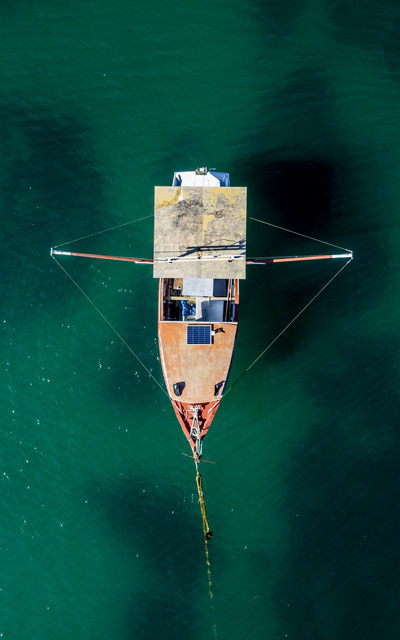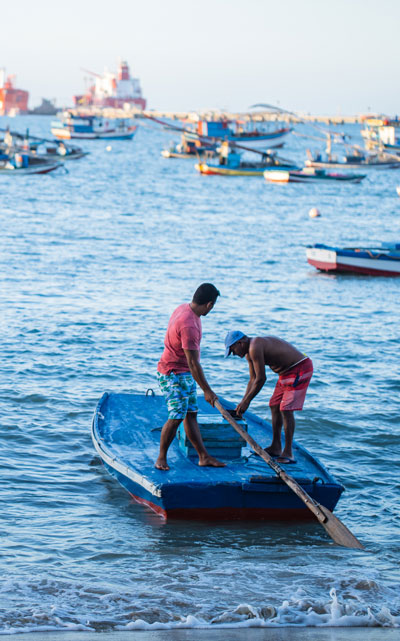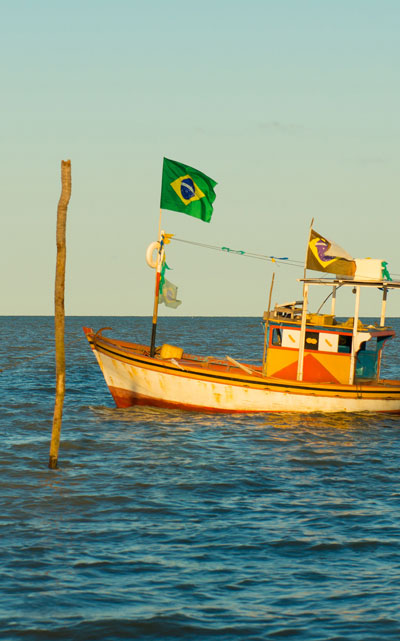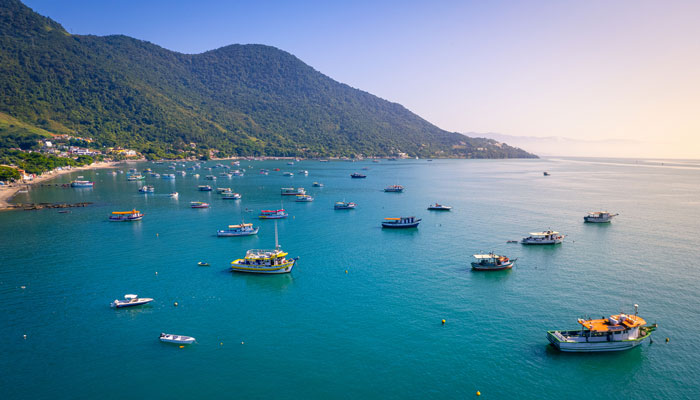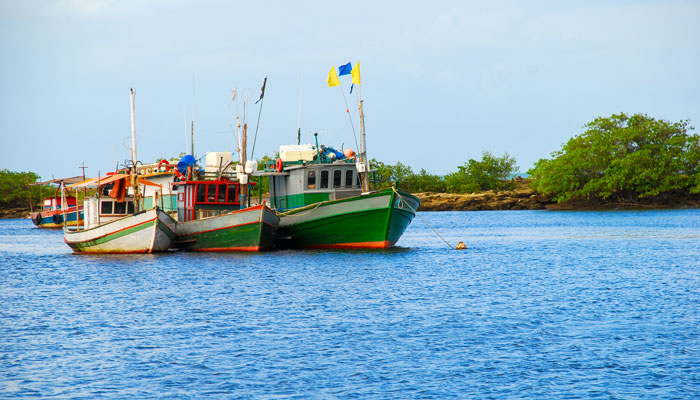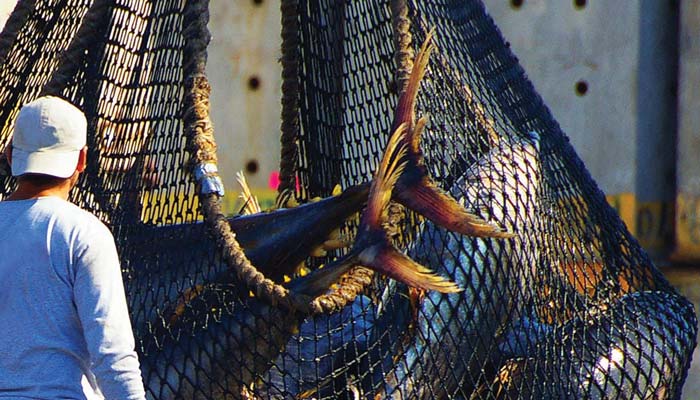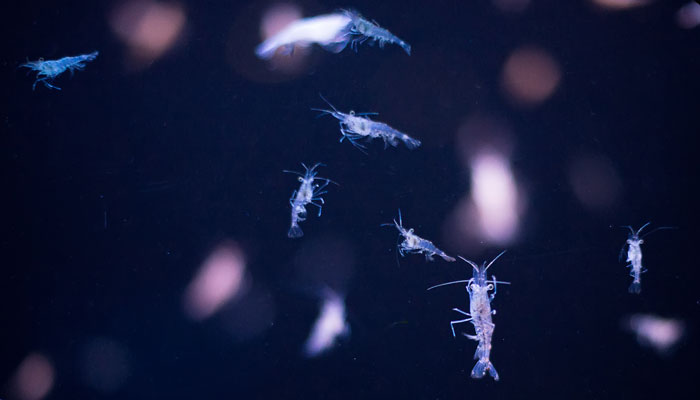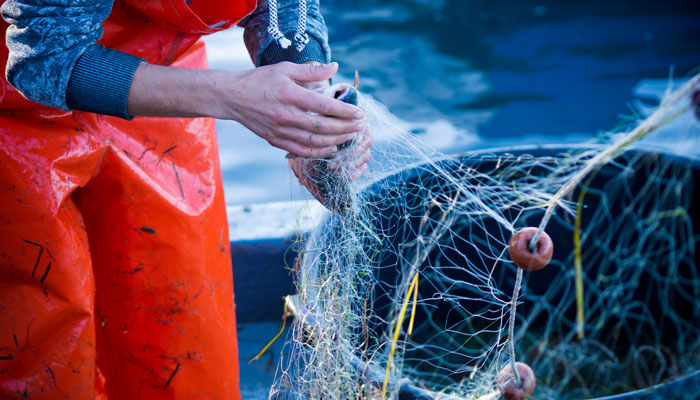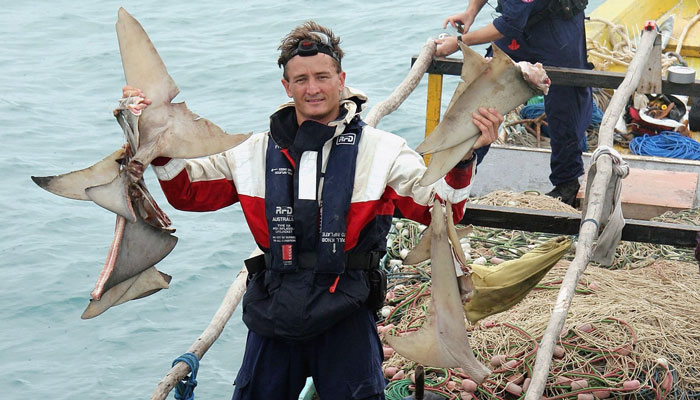Sustainable Fisheries Management
For over 35 years, CLS has worked with the fishing sectors in vairous parts of the world, from fisheries authorities to private ship owners, regional organizations and fishermen.
We work daily to protect their activities and help them manage sustainable and responsible practices.
By constantly innovating and using the best available technologies, we provide important information that improves the sustainable management of the sector and enhances knowledge of fishing activities.
The Future of Marine Resources is Decided Today
Brazil is a country of continental dimensions with an extensive coastline and great development potential in various sectors. One of these is the fishing activity, both industrial and artisanal, which is part of the culture of various regions, with practices passed down through generations.
The CLS group has proprietary technologies that can contribute to boosting fishing activities sustainably. Thus, CLS Brazil can help raise awareness in the Brazilian fishing sector. Using satellite data and the existing know-how within our group, our company can point out solutions to improve fisheries management while contributing to marine life conservation and environmental protection.
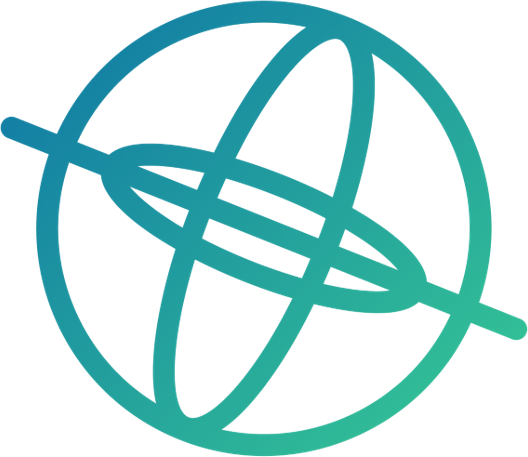
35+ years of experience in fishing solutions
18,000 vessels monitored daily worldwide

1 global network of resellers and subsidiaries
Discover our Solutions
Fisheries
Monitoring Centers
Fishing Fleets and Fleet Monitoring
Intelligence Services: CATSAT
Marine
Ecosystem Modeling
Electronic Catch
Reporting Systems
Combating
Illegal Fishing
Easy4msg: Low-Cost Satellite Communication App
Ensure connectivity and effective team management in remote locations.
Talk to CLS Brasil
CLS Brasil’s teams, specialists in satellite data monitoring, are available to make any of your projects a success.

